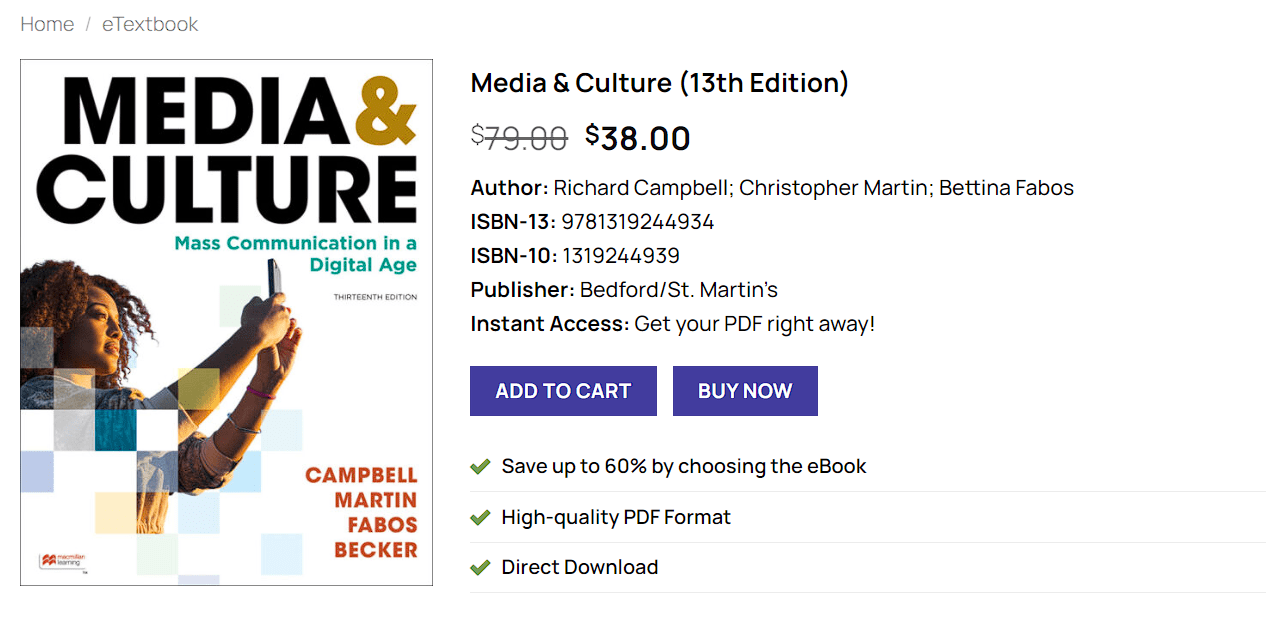Media & Culture 13th Edition has always been a powerful tool in shaping public opinion. From newspapers to digital platforms, the way information is disseminated can influence how people think and act. In today’s digital age, the speed and reach of media have exponentially increased, allowing for real-time updates and global coverage. This instant access to information can significantly impact public sentiment and societal trends.
The Evolution of Media Platforms
Over the past few decades, media platforms have undergone a tremendous transformation. Traditional media, such as print and broadcast, has been supplemented—and in some cases, supplanted—by digital media. Social media platforms like Facebook, Twitter, and Instagram have become primary sources of news and information for many individuals. This shift has democratized content creation, giving a voice to those who were previously unheard, but it has also introduced challenges such as misinformation and echo chambers.
The Responsibility of Media in Modern Society
With great power comes great responsibility. Media outlets, whether traditional or digital, have a duty to provide accurate and unbiased information. The rise of fake news and sensationalism has underscored the importance of journalistic integrity. Consumers of media also have a role to play in discerning credible sources from unreliable ones. Media literacy is essential in navigating the complex landscape of modern information.
The Future of Media
As technology continues to advance, the Media & Culture 13th Edition landscape will undoubtedly evolve further. Innovations such as artificial intelligence and virtual reality are already beginning to shape how content is created and consumed. The future of media holds exciting possibilities, but it also requires a concerted effort to uphold ethical standards and promote truthful reporting.

